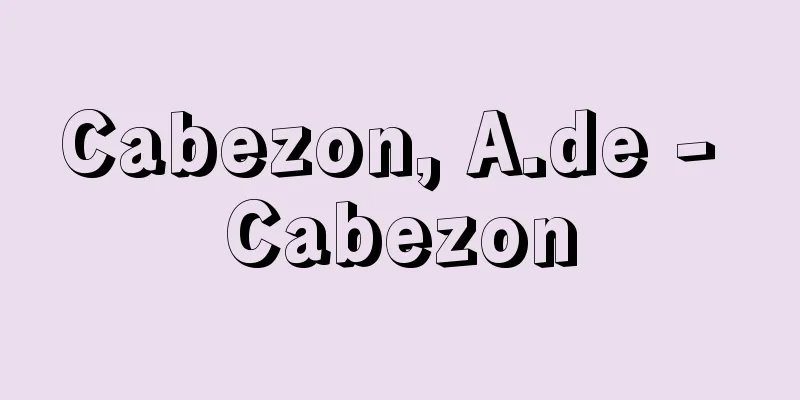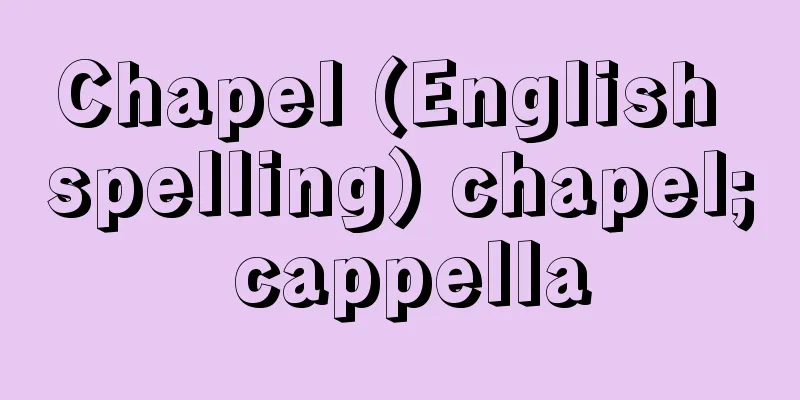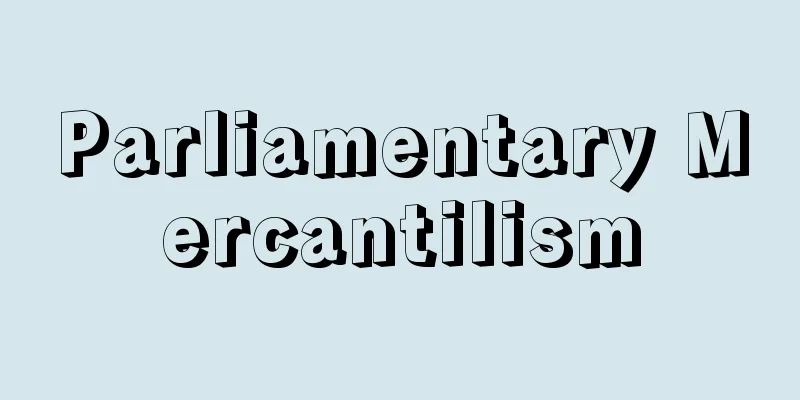Cabezon, A.de - Cabezon

|
...In the late 16th century, A. Gabrieli and C. Merulo (1533-1604) in Venice, and in the early 17th century, G. Frescobaldi developed the toccata, a new type of instrumental music that was completely different from vocal music, and was highly technical, with a strong element of improvisation. Spain developed open instruments such as the horizontal trumpet, and A. Cabezón (c. 1510-1566) and J. Cabanilles (1644-1712) were active. In the Netherlands, the Niehoff family established a complex organ style with four independent pipe groups in the 16th century, laying the foundation for its subsequent development in France and Germany. ... From [Music Score]…On the other hand, keyboard tablature developed in Germany and Spain. In Germany, the highest voice was written on six or eight lines with notes, and the lower voices were written on written notes. Eventually, all voices were written on written notes, and this continued until the mid-18th century. In Spain, all music was written by numbers. The method developed by Antonio de Cabezón (c. 1510-66) assigned the numbers 1 to 7 to the white keys from F to E, and the octaves and altered notes were indicated by special symbols, and each voice was indicated by a line on the staff for each voice. Juan Bermudo (c. 1510-65) also assigned the numbers 1 to 42 to all keys in order from low to high, or similarly assigned the numbers 1 to 23 to the white keys only, and indicated the altered notes by symbols. … From 【Spanish Music】…On the other hand, secular songs, which inherited the tradition of the “Royal Songs”, also showed further development in diversity, and many collections with a unique flavor of Spain were compiled, including the song collection of Juan Vázquez (c. 1500-60), a representative contemporary of the time. There was also a remarkable rise in instrumental music, and the blind organist Antonio de Cabezón (1510-66) left behind works of such high degree of form and spirit that later researchers called him the “Spanish Bach.” Specialists on the vihuela, the court-style guitar that was popular in Spain at the time, also wrote excellent pieces such as fantasias and variations that were among the earliest in the history of music. … From "Variations"… The history of variation is very old, probably beginning with melodic transformations in instrumental improvisation, and the variation is one of the longest-lived musical forms. As an independent piece of music, it first developed in the early 16th century during the Renaissance as solo instrumental music for lute and keyboard instruments, and was first brought to its peak by Antonio de Cabezón (c. 1510-66) in Spain, W. Bird, John Bull (c. 1562-1628) and O. Gibbons in the virginal school in England, and Frescobaldi in early Baroque Italy. The variation technique became a particularly important principle of composition in the Baroque period. … *Some of the terminology that mentions "Cabezón, A.de" is listed below. Source | Heibonsha World Encyclopedia 2nd Edition | Information |
|
…16世紀後半のベネチアのA.ガブリエリ,メルロC.Merulo(1533‐1604),17世紀初めのG.フレスコバルディは,声楽様式とはまったく異なる新しいタイプの器楽曲である,即興の要素が強い技巧的なトッカータを発展させた。スペインは,水平トランペットに代表される開放的な楽器を発展させ,カベソンA.Cabezón(1510ころ‐66),カバニリェスJ.Cabanilles(1644‐1712)らが活躍した。ネーデルラントでは,ニーホフ一族Niehoffが16世紀に,独立した四つのパイプ群を持つ複合的なオルガンの様式を確立し,フランス,ドイツでのその後の発展の基礎を築いた。… 【楽譜】より…一方,鍵盤楽器タブラチュアはドイツとスペインで発達し,ドイツでは最上声部を音符で6ないし8本の譜線に記し,下声部は文字譜が用いられていたが,やがてすべての声部が文字で記されるようになり,これは18世紀中ごろまで行われた。スペインではすべて数字によって記譜され,カベソンAntonio de Cabezón(1510ころ‐66)によって行われた記譜法は,1から7までの数字をヘからホまでの白鍵に当て,オクターブと変化音は特別の記号によって示し,声部の数だけ引かれた譜線に声部ごとに示すという方法である。またベルムードJuan Bermudo(1510ころ‐65ころ)による,すべての鍵盤に低音から高音に向かって1から42の数字を順番に割り当てたり,白鍵のみに同じように1から23の数字を付し,変化音は記号で示したりする方法も行われた。… 【スペイン音楽】より…一方,《王宮の歌曲集》の流れを受け継ぐ世俗歌曲もさらに多様な進展を見せ,同時代を代表するバスケスJuan Vázquez(1500ころ‐60)の歌曲集をはじめ,この国固有の味わいをもつ集成がいくつも編まれた。また,器楽の勃興も著しく,盲目のオルガン奏者カベソンAntonio de Cabezón(1510‐66)は,後世の研究家たちから〈スペインのバッハ〉と呼ばれたほど,形式・精神とも高度な作品を残した。また,当時スペインで愛用された宮廷風なギターであるビウエラvihuelaの専門家たちも,ファンタジアや,音楽史上最初期のものにあたる変奏曲などすぐれた楽曲を書いた。… 【変奏曲】より… 変奏技法の歴史はきわめて古く,おそらくそれは楽器の即興演奏における旋律的変形に始まると思われるが,変奏曲も数ある音楽形式の中で最も長い生命をもつものの一つである。独立した楽曲としてはルネサンス時代の16世紀初頭から,まずリュートや鍵盤楽器のための独奏器楽曲として発展し,スペインのカベソンAntonio de Cabezón(1510ころ‐66),イギリスのW.バード,ブルJohn Bull(1562ころ‐1628),O.ギボンズらのバージナル楽派,イタリアでは初期バロックのフレスコバルディらによって最初の頂点が築かれた。変奏技法はバロック時代においてとりわけ重要な作曲原理となる。… ※「カベソン,A.de」について言及している用語解説の一部を掲載しています。 出典|株式会社平凡社世界大百科事典 第2版について | 情報 |
<<: Wall carpenter - KABEDAIKU
>>: Customers of the wall - Customers of the wall
Recommend
Reconnaissance aircraft
Military aircraft for investigating the enemy'...
Nikaido Yukifuji
Year of death: 22 August 1302 (14 September 1302) ...
Sapegno, Natalino
Born: November 10, 1901 in Aosta [Died] April 11, ...
Political responsibility
The term political responsibility is used in two w...
Villahermosa (English spelling)
The capital of Tabasco State in southeastern Mexic...
Chitarrone (English spelling)
A type of stringed instrument in the lute family. ...
Lucas Cranach
1472‐1553 German Renaissance painter. Born in Kron...
Wehner, H.
...After Orenhauer's death in 1963, West Berl...
Lecturer - Koushi
〘 noun 〙 (A diversion of the old word " kouji...
Minamikawachi [town] - Minamikawachi
A former town in Kawachi County in southern Tochig...
Oyama
(1) A female puppet in Bunraku puppet theater. The...
Hypometer
...A barometer used to measure minute changes in ...
INF problem
...The construction of a new order has begun, inc...
Houseido Kisanji - Houseido Kisanji
Year of death: Bunka 10.5.20 (1813.6.18) Year of b...
BL [Company] - BL
A British automobile company. Founded in 1968 as B...









